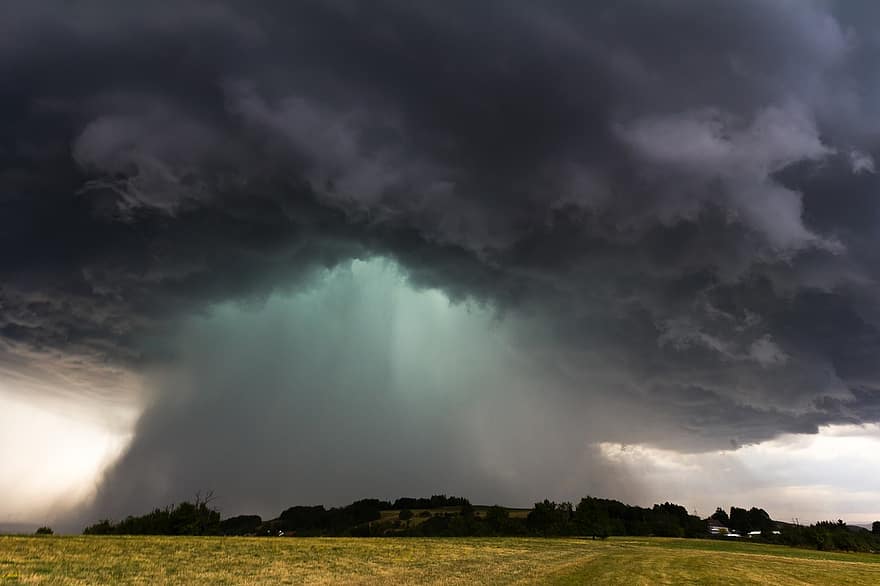
Hydraulic Data Cycle, not Data Lake
What if we used “hydraulic data cycle” rather than “data lake” as a metaphor for big data? As a thought experiment, let’s consider the continuous and complex process whereby water on the earth’s surface evaporates, rises into the atmosphere, condenses into rain or snow, and falls back to the surface to water the land, run in rivers, pause in lakes and aquifers, perhaps even find its way back to the oceans, but mostly repeating the cycle.
Enterprise data should be this active for its entire lifecycle, not stagnating in an artificial lake.
Consider that data has two primary jobs: 1) operate the business, and 2) guide the business. These two functions are distinct but should not be separate. Transactional systems should work hand-in-hand with analytic platforms to provide operational capability, realtime analysis, historical perspective, training sets for machine learning, and explainable artificial intelligence—augmenting human strengths with high tech capabilities. This is what BRSG seeks to accomplish with Hybrid Transactional/Analytic Processing (HTAP).
Further, consider that business data structures can—and should—reflect real world objects, thereby helping to reduce artificial barriers between The Business and Information Technology. From an HTAP perspective, it would be useful if transactional data structures that reflect the business would translate one-for-one to the analytic structures that inform the business, producing analytics that rain insight from precipitation drawn across “all” operational environments.
This series of blog posts will consider a number of “silo spanning” topics that HTAP poses. From an enterprise data architecture perspective, we will explore the possibility of utilizing RDF data structures—semantic web and linked data—for high-throughput, low-latency, reliable, supervised transactional systems that naturally project into enterprise graph database and knowledge graph big data platforms.
The premise for our discussion is that graphs are powerful for both transactions and analytics. Because they are self-describing, they lend themselves to low-code/no-code, short time to market enterprise solutions.
BRSG consultants develop ideas that scale such as Hybrid Transactional/Analytic Processing strategies by way of semantic web, temporal linked transactional data, and graph analytic data. Please reach out if we can be of service: info@brsg.io, or call 303.309.6240.

